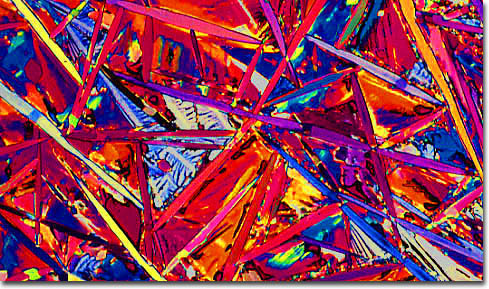|
Nickelous sulfate, which is sometimes alternatively known as nickel sulfate and sulfuric acid nickel salt, is a non-caking salt often utilized for nickel plating. Each molecule of a nickelous sulfate crystal is typically hydrated with six molecules of water, but at 100 degrees Celsius, the salt loses five of its water molecules, and at 103 degrees Celsius, all six waters of hydration are lost. Crystals of the mineral form in two different phases, one of which exhibits a blue tetragonal geometry and the other of which is green and monoclinic. In addition to plating, nickelous sulfate is sometimes used in homeopathic remedies for treating seborrheic dermatitis and chronic dandruff. Ironically, however, some people may develop a contact allergy to nickel and nickelous sulfate that results in dermatitis.
|
